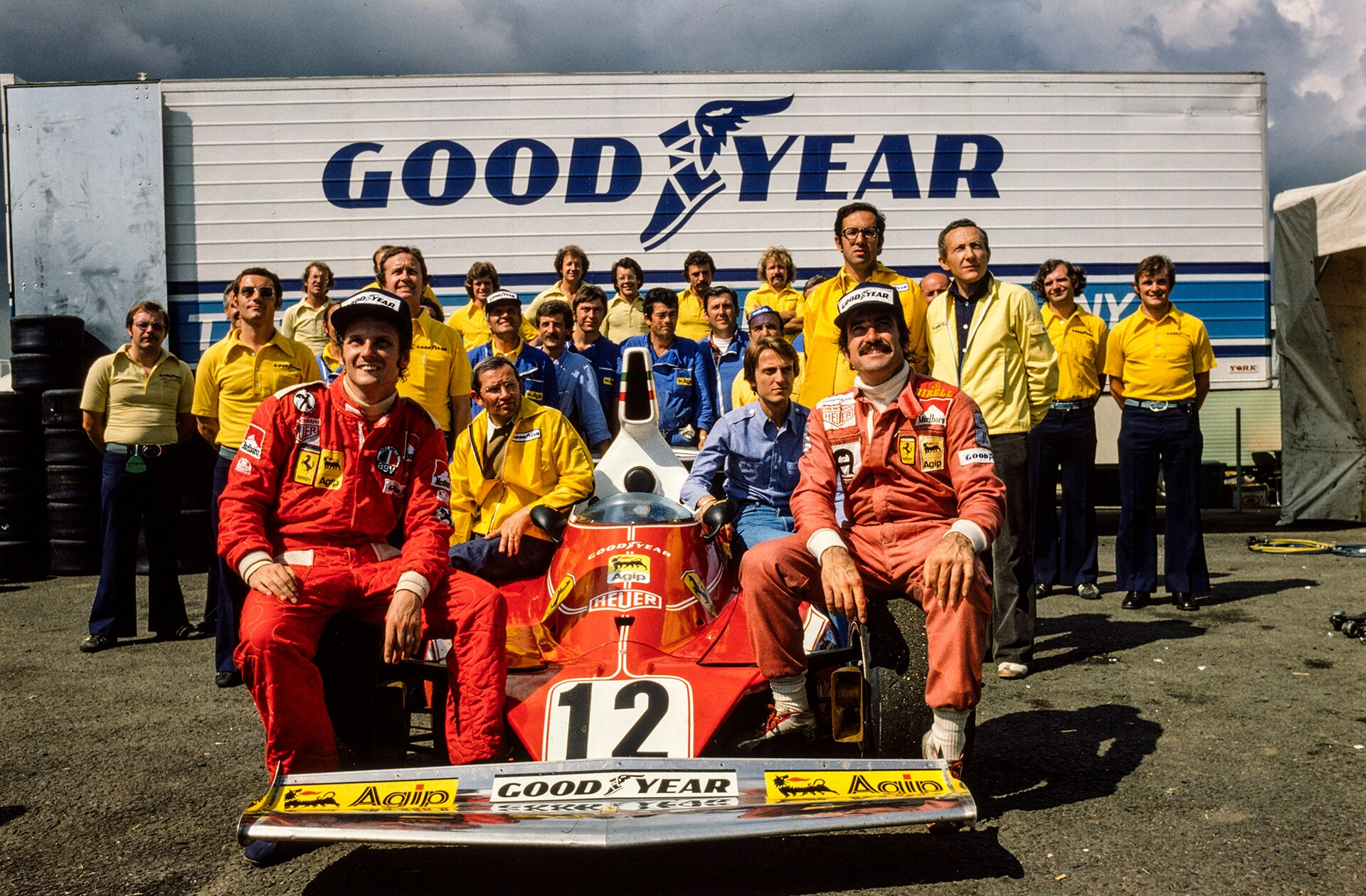Ferrari’s Technological Innovations Part 11: The 312 T Revolution by Mauro Forghieri
28 December 2024 6 min read 4 images

Photo credit: Ferrari, Formula 1, Wheelsage
The 312 T revolution had an unusual and unexpected genesis: in 1973, Enzo Ferrari faced severe health problems. With Ferrari unable to make decisions and concerned about the modest Formula 1 performance in those years, new partner Fiat assigned Sandro Colombo, an engineer from Turin, to lead the Racing Department (known in Ferrari as Gestione Sportiva).
Register to unlock this article
Signing up is free and gives you access to hundreds of articles and additional benefits. See what’s included in your free membership. See what's included in your free membership.
Already have an account? Log In


